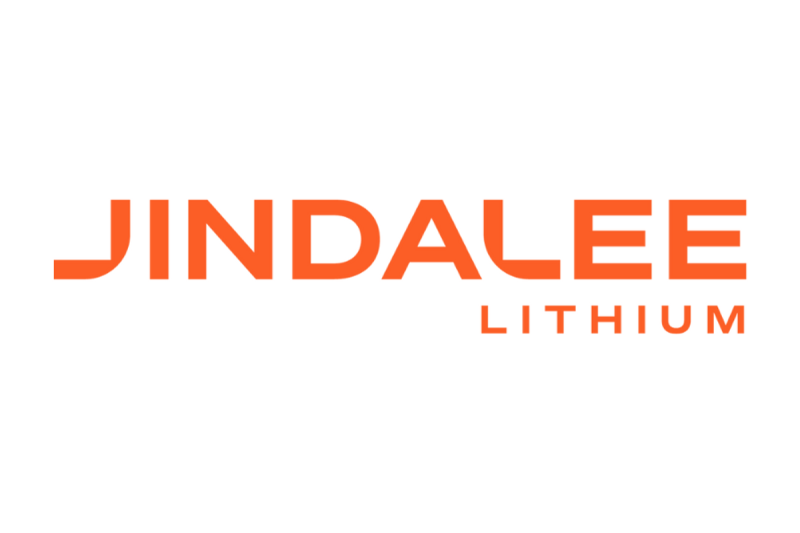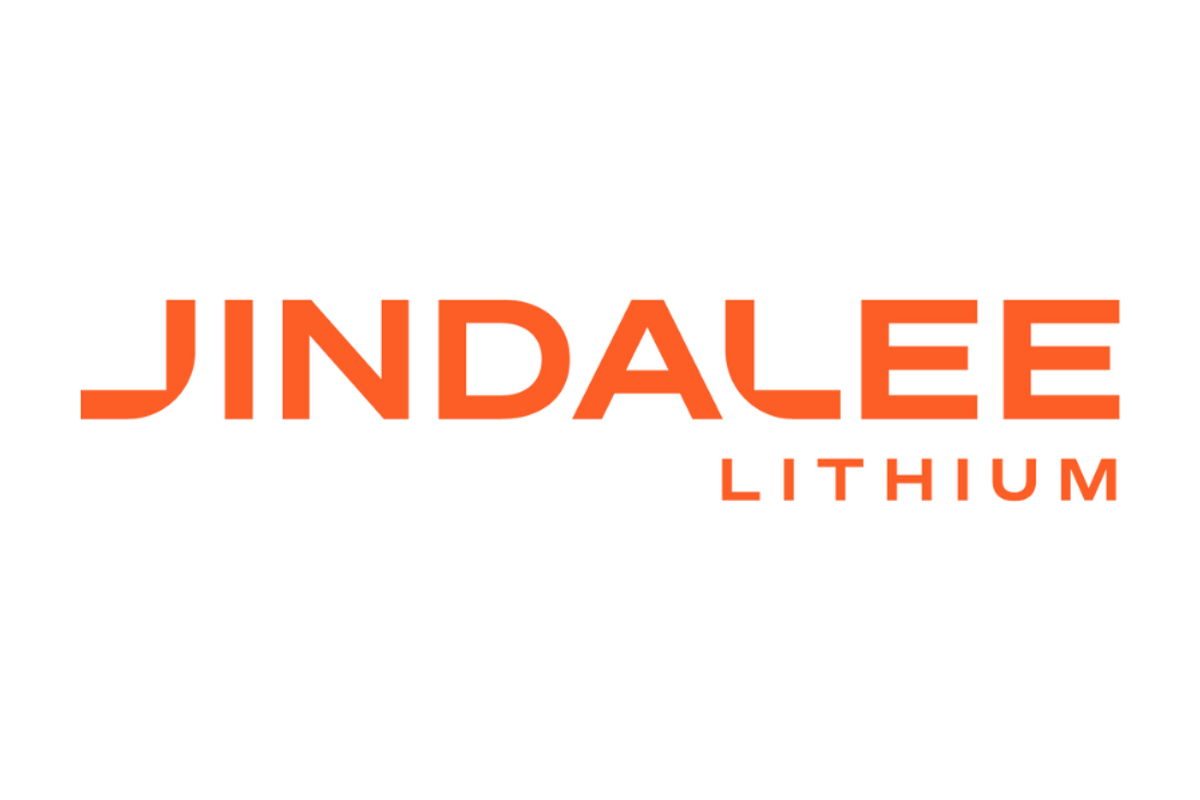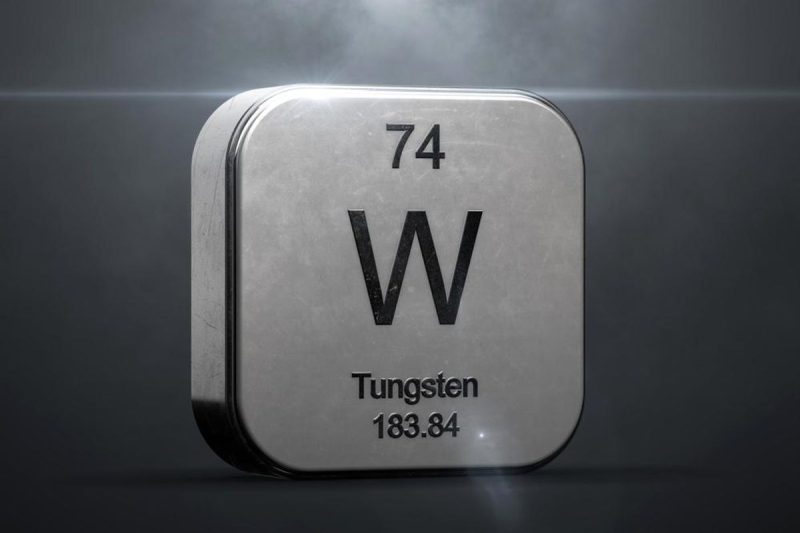

Tungsten’s importance in a wide range of industrial categories, from smartphones to car batteries, means demand is likely to rise. At the same time, supply chain disruptions and increased production costs are weighing on global supply, making it important to learn about the top global tungsten producers.
Tungsten has many applications. It’s used in electrical wires, as well as in welding, heavy metal alloys, turbine blades and as a lead substitute in bullets. The metal can also be found in heating and electrical contacts.
Tungsten prices have traded upward in recent years, and the industry’s supply and demand dynamics are expected to push the metal higher in 2025 and beyond. Total revenue for the tungsten market is expected to grow at a compound annual growth rate of 8 percent through 2024 to 2032 to reach nearly US$9.49 billion in value.
With that in mind, it’s worth being aware of which countries produce the most tungsten. According to the US Geological Survey, global tungsten production came in at 81,000 metric tons (MT) in 2024, up slightly from 2023’s 79,500 MT. The vast majority of tungsten mining and processing occurs in China. Looking forward to 2025, increased production is seen coming from mines in South Korea and Australia.
Here’s an overview of tungsten production by country in 2024, as per data from the US Geological Survey.
1. China
Tungsten production: 67,000 metric tons
Tungsten reserves: 2.4 million metric tons
In 2024, China produced 67,000 metric tons of tungsten, up by 1,000 MT from 2023. The country is the world’s largest producer of the metal by a wide margin, accounting for more than 80 percent of total annual tungsten output worldwide.
That said, China’s tungsten production has been falling in recent years — the Asian nation has limited the quantity of tungsten-mining and export licenses it awards and has imposed quotas on tungsten concentrate production. The country has also recently increased environmental inspections.
China has been the main source of tungsten imported into the US since 2017, and the country accounted for 27 percent of US tungsten imports in 2024.
In response to US President Donald Trump’s imposition of 10 percent tariffs on imports from China in February 2025, the Government of China immediately announced strict export controls on tungsten and four other key metals used in several important industries, including defense. Tighter tungsten supply out of China may lead to higher prices for the metal despite growing production from ex-China sources.
2. Vietnam
Tungsten production: 3,400 metric tons
Tungsten reserves: 140,000 metric tons
Vietnam’s tungsten production in 2024 came to 3,400 metric tons, down by 100 MT from the previous year. Privately owned Masan Resources runs the Vietnam-based Nui Phao mine, which it says is the largest tungsten-producing mine outside China. It is also one of the lowest-cost producers of tungsten in the world.
In 2024, Vietnam accounted for 8 percent of US tungsten imports.
3. Russia
Tungsten production: 2,000 metric tons
Tungsten reserves: 400,000 metric tons
Russia produced 2,000 metric tons of tungsten in 2024, on par with the last few years. The war between Russia and Ukraine has hampered Russia’s ability to trade and make deliveries of tungsten to the world market as it continues to face sanctions. The Tyrnyauz tungsten-molybdenum mine is the largest tungsten deposit in the country and one of the largest globally.
Russia is a significant supplier of the metal to Europe, but restrictions have increased the continent’s dependency on Chinese imports. At the same time, the war is fueling tungsten demand given the metal’s use in ammunitions.
4. North Korea
Tungsten production: 1,700 metric tons
Tungsten reserves: 29,000 metric tons
In 2024, North Korea produced 1,700 metric tons of tungsten production, up by 100 MT over the previous year. The Mannyŏn mine in North Hwanghae province is the country’s largest tungsten mine. Its name means 10,000 years in reference to its vast reserves.
Tungsten ore is North Korea’s third highest export by value, worth nearly US$26 million in 2023, with the majority being consumed by China. Tungsten’s high spot in North Korea’s export market may be due to the fact that it’s one of the few metals not listed under UN sanctions on the country’s trade.
5. Bolivia
Tungsten production: 1,600 metric tons
Tungsten reserves: Not available
Bolivia’s tungsten production in 2024 was 1,600 metric tons, a gain of 100 MT over the previous year. The South American country has increased its tungsten production since 2014 as a result of moves to promote its tungsten industry. Bolivia accounted for 8 percent of US tungsten imports in 2024.
The Bolivian mining industry is heavily influenced by Comibol, a state-owned mining umbrella company.
6. Rwanda
Tungsten production: 1,200 metric tons
Tungsten reserves: Not available
Rwanda produced 1,200 metric tons of tungsten in 2024, on par with 2023’s output. Tungsten is one of the most common conflict minerals in the world, meaning that at least some of it is produced in war zones and is sold to perpetuate fighting.
While Rwanda has promoted itself as a source of conflict-free minerals, concerns remain about its tungsten output. Nevertheless, it is an important exporter of tungsten, accounting for 31 percent of global tungsten trade in 2022.
One of the largest tungsten producers in Rwanda is privately owned Trilogy Metals, which owns the Nyakabingo tungsten ore mine. Trilogy’s largest shareholder is UK-based private industrial company Techmet, which is working to secure a viable technology metal supply chain.
7. Australia
Tungsten production: 1,000 metric tons
Tungsten reserves: 570,000 metric tons*
In 2024, Australia produced 1,000 metric tons of tungsten. This represents a more than 130 percent jump in output from 2023 levels, taking it from the ninth spot on the previous year’s list to rank seventh in global tungsten production for 2024.
There are several operating tungsten mines in Australia. EQ Resources (ASX:EQR) is an Australian tungsten miner producing the metal at its Mount Carbine asset in North Queensland. On the island state of Tasmania, Group 6 Metals (ASX:G6M) brought the historic Dolphin tungsten mine back into production in 2023. The island also contains private firm Tasmania Mines’ Kara tungsten mine
Tungsten projects under development in Australia include the Molyhil tungsten-molybdenum-copper project located in the Northern Territory. Molyhil is a 75/25 joint venture between Thor Energy (LSE:THR,OTC Pink:THORF) and Investigator Resources (ASX:IVR). According to Mining Database Online (MDO), Investigator is working toward completing a scoping study on Molyhil, based on an updated May 2024 mineral resource estimate, in the first half of 2025.
Another company with Australia-based tungsten projects is Tungsten Mining (ASX:TGN), whose properties include Mount Mulgine, Big Hill and Kilba in Western Australia, as well as Watershed in Northeast Queensland and Hatches Creek in the Northern Territory.
* Joint Ore Reserves Committee-compliant or equivalent reserves were 220,000 metric tons.
8. Austria
Tungsten production: 800 metric tons
Tungsten reserves: 10,000 metric tons
Austria’s tungsten production in 2024 was 800 metric tons, down 50 MT from the previous year. Much of that production can be attributed to Wolfram’s Mittersill mine, which is located in Salzburg and hosts Europe’s largest tungsten deposit.
9. Spain
Tungsten production: 700 metric tons
Tungsten reserves: 66,000 metric tons
Spain produced 700 metric tons of tungsten in 2024, up 50 MT over the previous year.
There are a number of companies engaged in the exploration, development and mining of tungsten assets in Spain. Australia’s EQ Resources, which acquired tungsten producer Saloro in 2023, now controls the Barruecopardo Mining and Processing operation. MDO reports that a program is underway to upgrade the plant and improve recoveries with completion expected by the end of 2025.
As for Spanish tungsten assets under development, Almonty Industries (TSX:AII,OTCQX:ALMTF) owns the permitting-phase Valtreixal tungsten-tin project.
10. Portugal
Tungsten production: 500 metric tons
Tungsten reserves: 3,400 metric tons
In 2024, Portugal produced 500 metric tons in 2024, up by 50 MT from that produced in the previous year.
The European country has the lowest-known tungsten reserves figure out of all the nations on this list, totaling just 3,400 MT. Almonty Industries’ Panasqueira mine is Portugal’s largest tungsten-producing operation. ‘The Panasqueira Mine has some of the highest tungsten recovery rates in the industry, consistently averaging 80 (percent),’ MDO states.
Securities Disclosure: I, Melissa Pistilli, hold no direct investment interest in any company mentioned in this article.










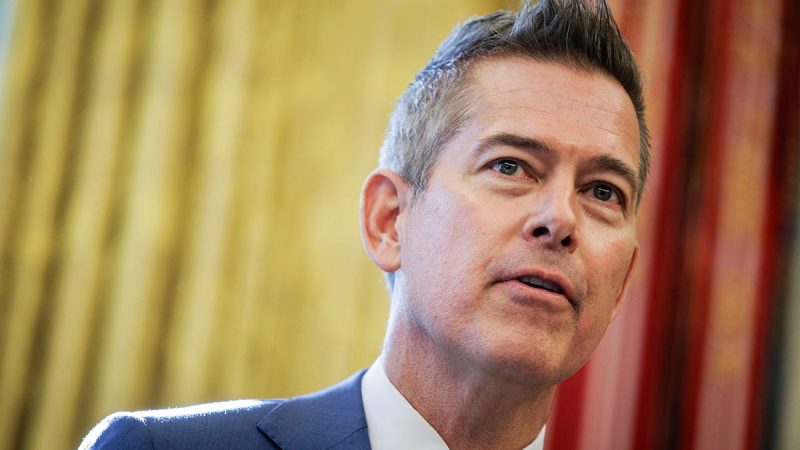

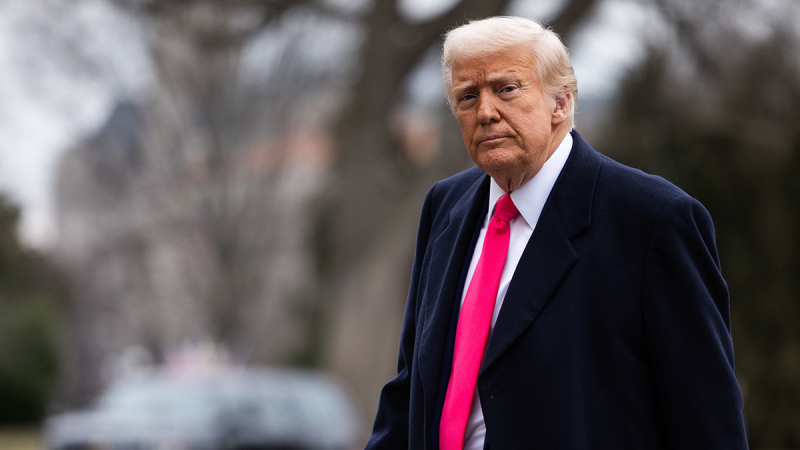

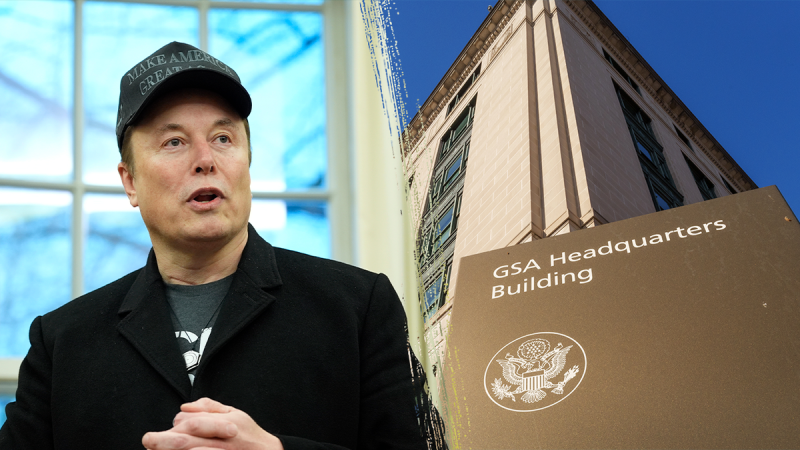

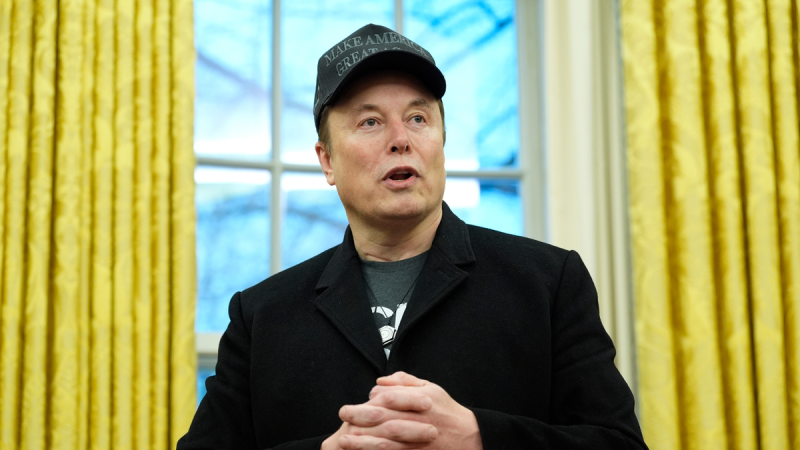

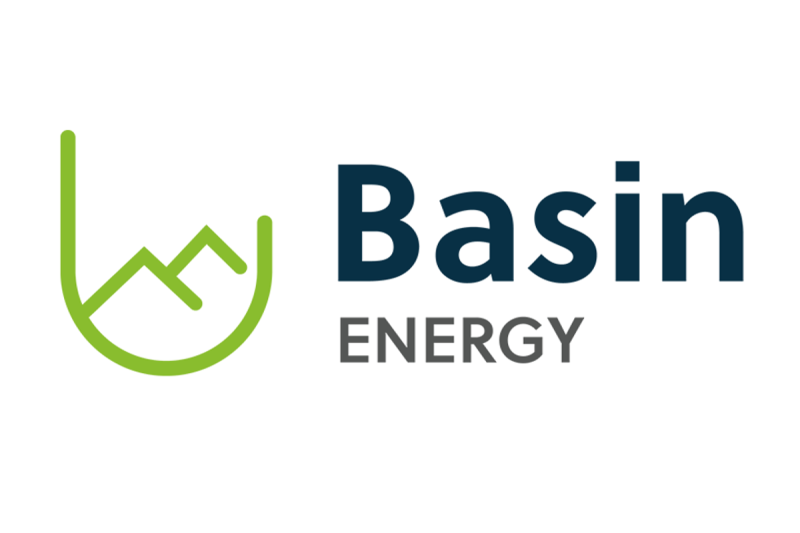
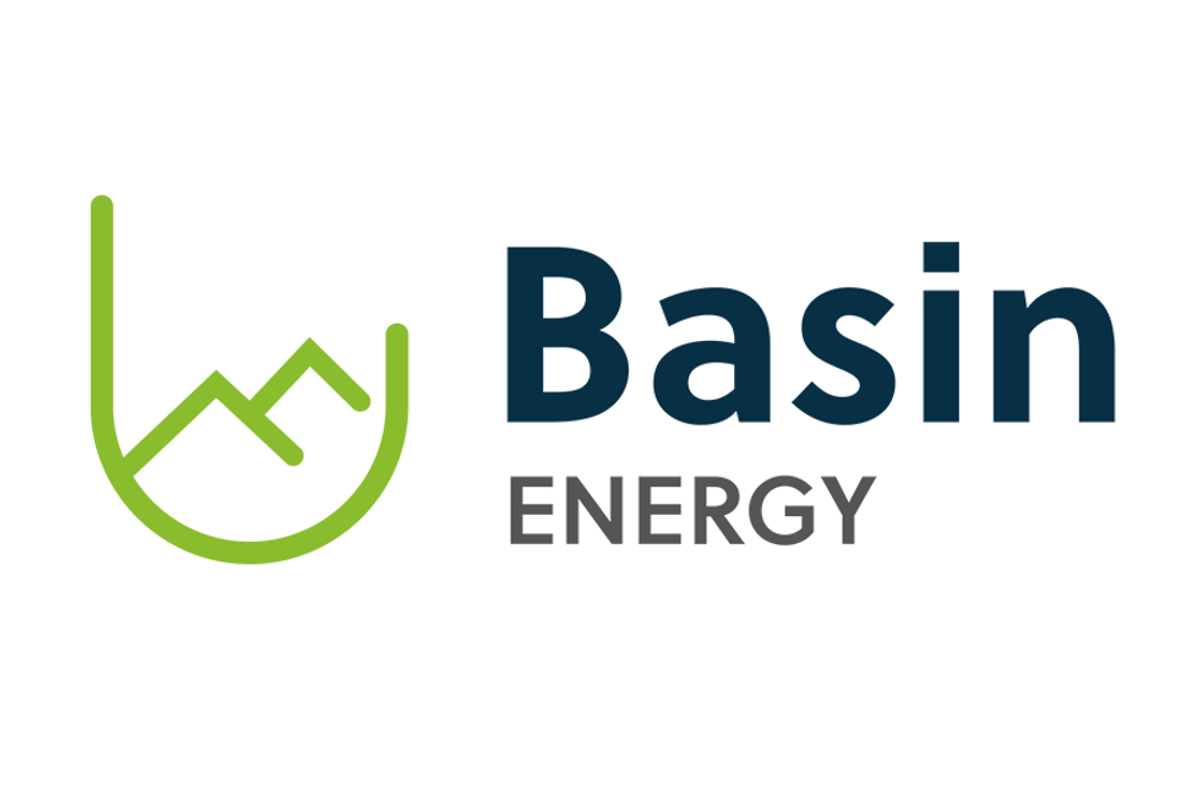 Basin Energy (BSN:AU) has announced Virka Project Sampling Returns High-Grade Mineralisation
Basin Energy (BSN:AU) has announced Virka Project Sampling Returns High-Grade Mineralisation
